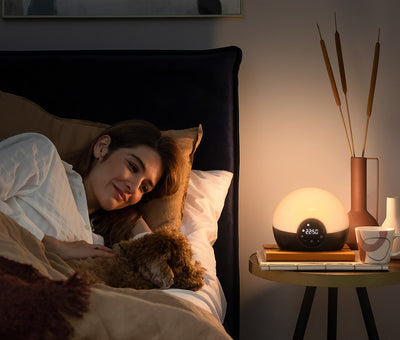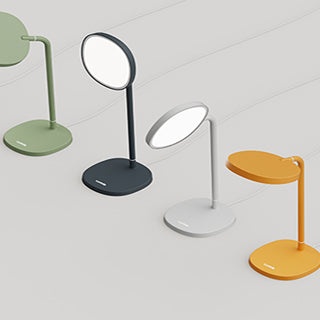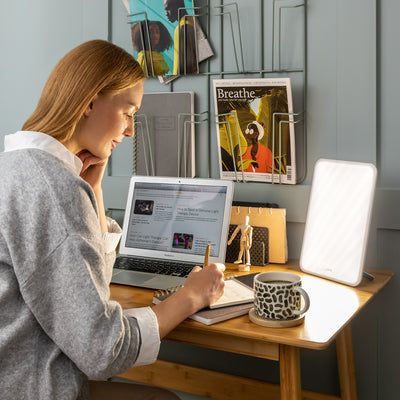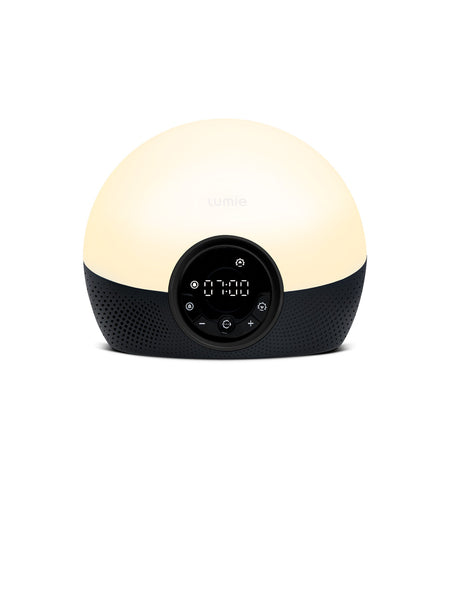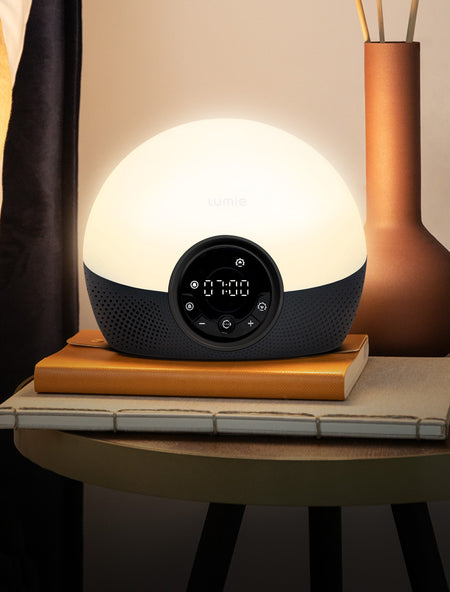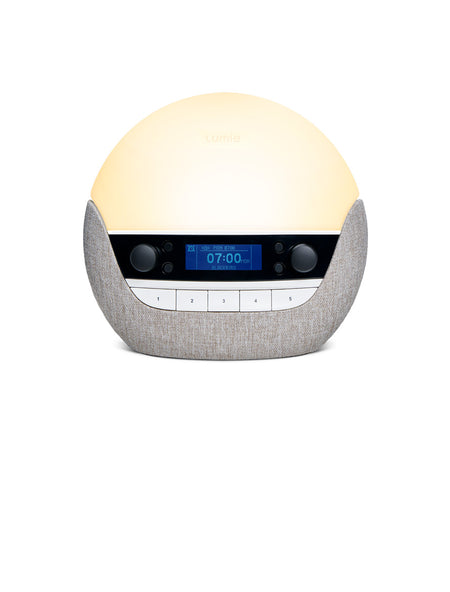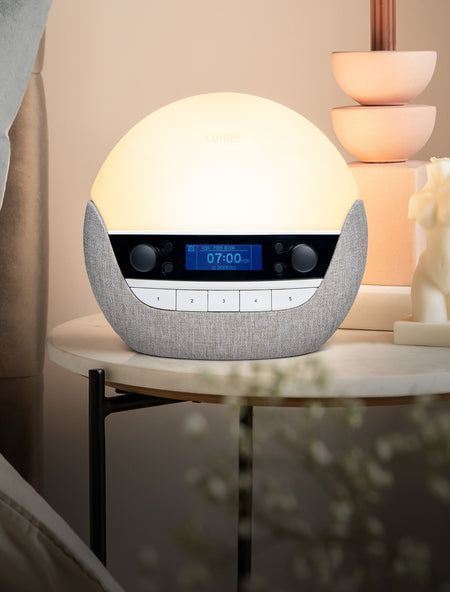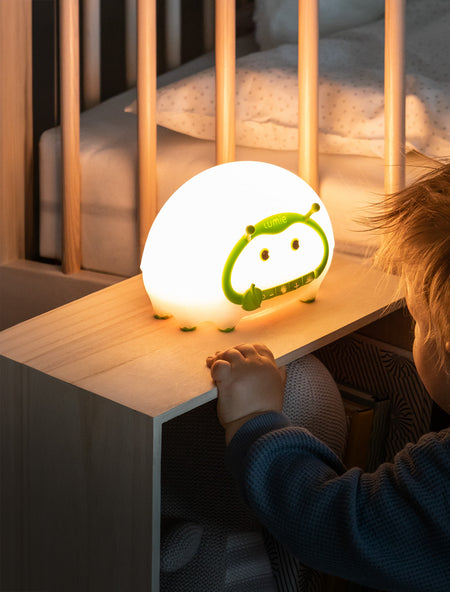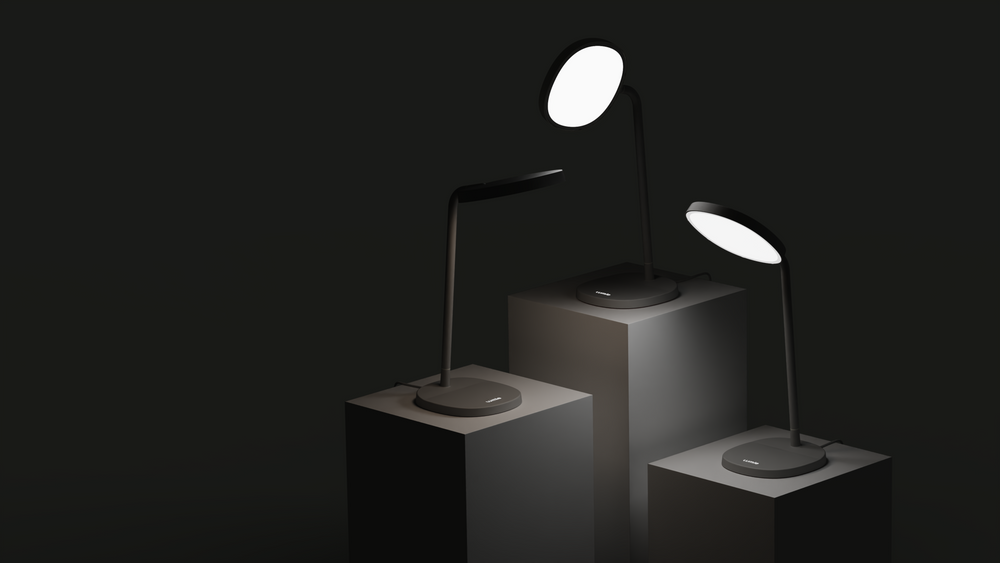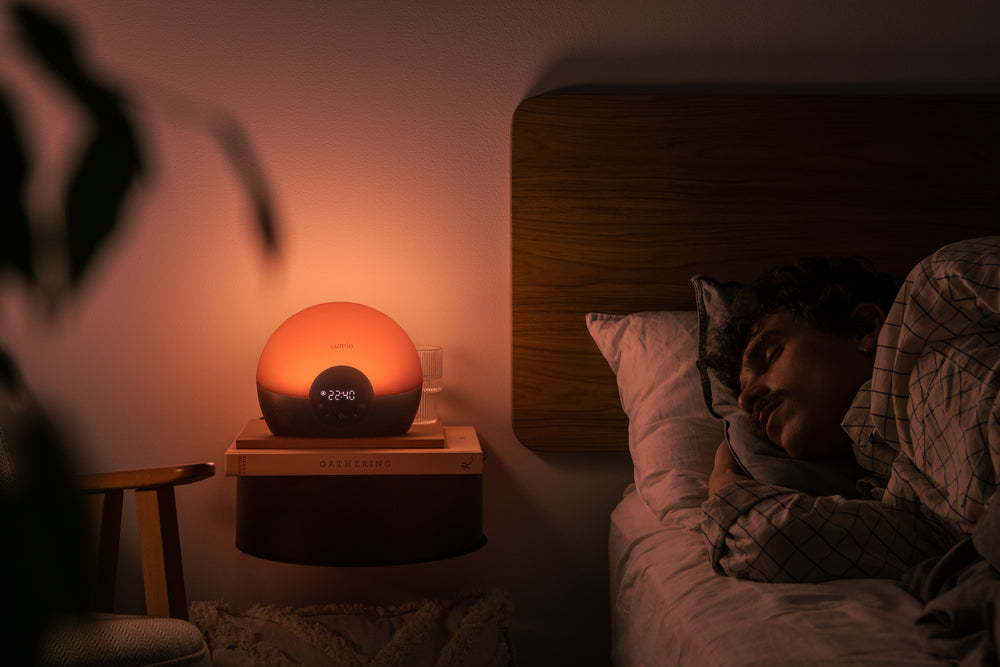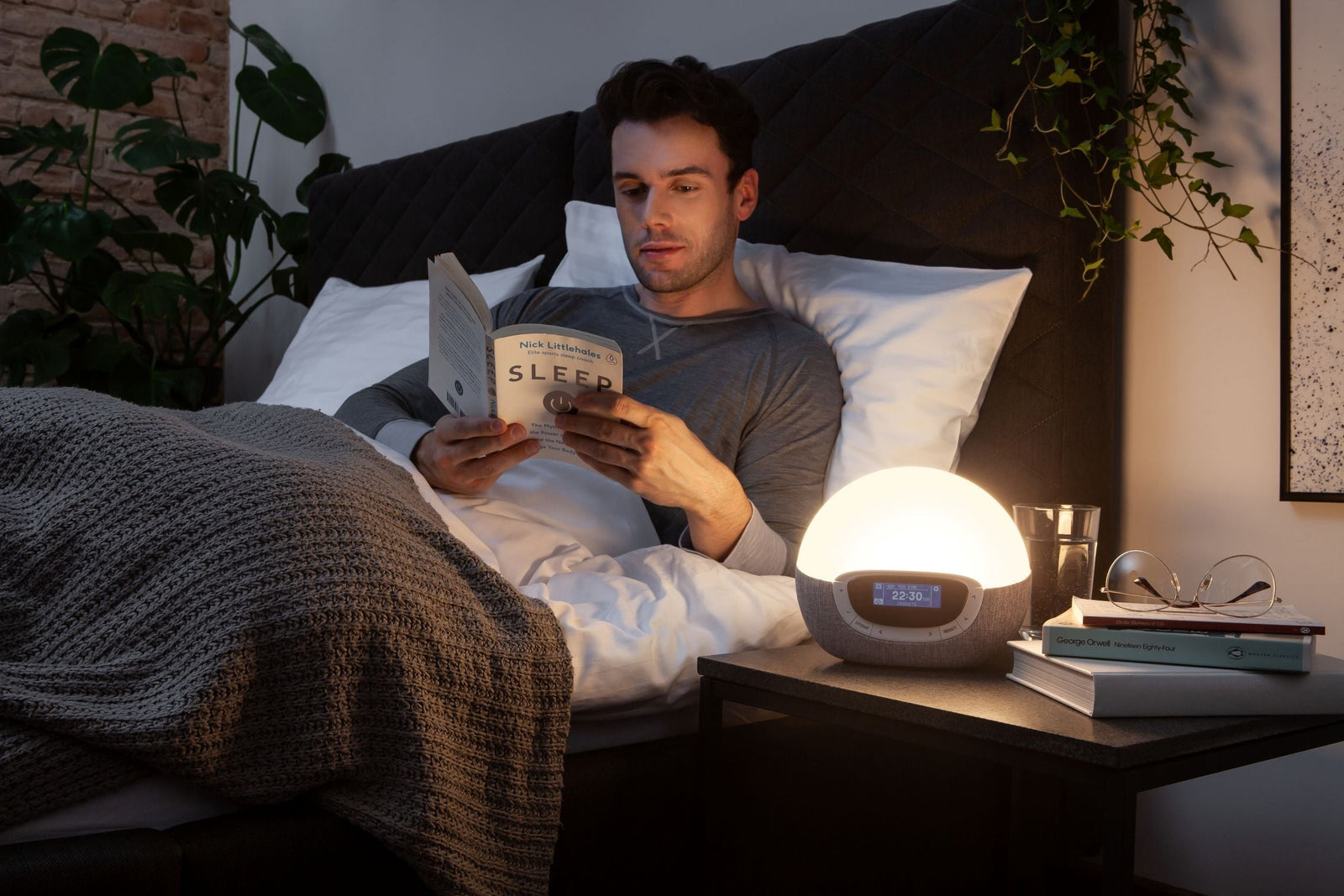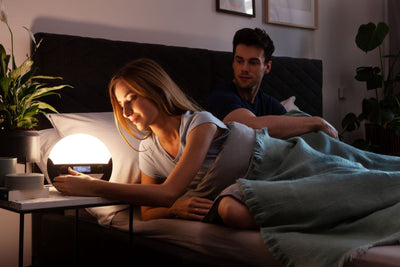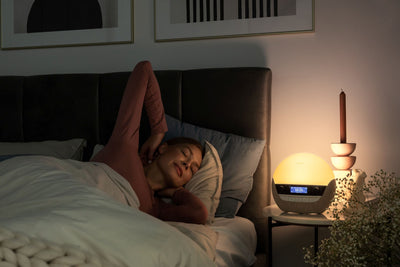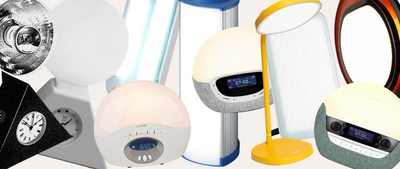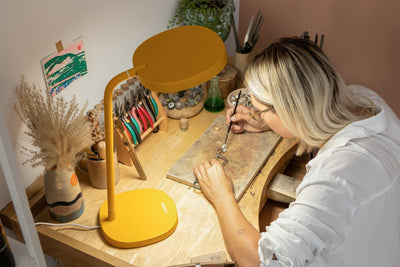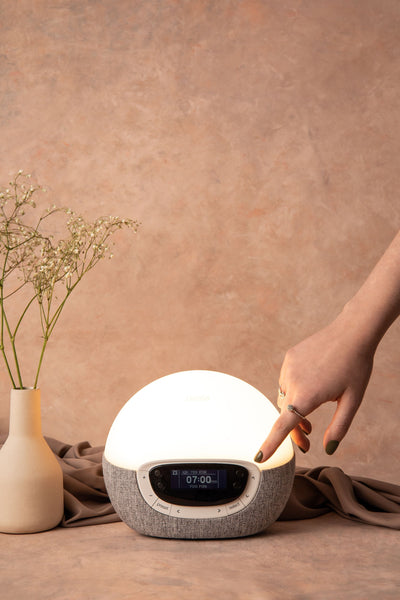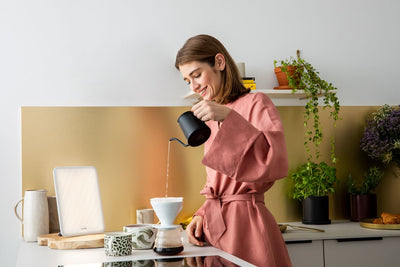Light therapy lamps for better sleep - how do they work?
There's nothing better than waking from a good night's sleep, feeling refreshed and ready to take on the day! Yet with busy work schedules, late nights, and disrupted sleep cycles, it can be difficult getting the recommended 7 to 9 hours every night. An out-of-sync body clock is usually to blame if you're struggling with sleep as it affects our circadian rhythms; one of the two biological systems in our brain determining the quality, timing, and length of sleep.
Cue light therapy to the rescue!
Light plays a crucial role in regulating our sleep/wake cycles, as our internal body clock is directly influenced by the natural rising and setting of the sun.
Light therapy can be very beneficial to our sleep patterns, as it synchronises the body to the 24-hour day and helps to reset our internal clock as it adapts to a new light/dark (wake/sleep) cycle. Dr Victoria Revell Lecturer in Translational Sleep and Circadian Physiology at the University of Surrey.
This is where our Bodyclock wake-up lights come to the rescue, with their gradual sunrise and fading sunset. Mimicking the subtle light and colour changes of the sun rising and setting, clinical trials have shown that lights such as Bodyclock improve the quality of sleep and awakening.
As well as helping improve our sleep, light therapy has been shown to immediately increase levels of alertness, boost mood and improve performance. So, if you are feeling sleepy during the day because you're struggling with your sleep/wake cycles, a bright light box could really help recharge your batteries. Using bright light therapy in the morning and evening will also cue the feeling of dawn and dusk, helping to further regulate your circadian rhythms.
Different sleep struggles require different light therapy treatments. So, Dr Victoria Revell is here to give her expert advice to help you get the best night's sleep using light therapy.
You struggle to get to sleep
Try and get some light exposure first thing, or if you can't get outside, use one of our SAD and energy lights over breakfast. This will push your body clock earlier in time and make it easier to fall asleep. A dawn simulator like Bodyclock that wakes you gently with a gradual sunrise, could also help reset your clock.
You oversleep in the morning
Utilising a Bodyclock, where light gently increases to full brightness, could help to reduce the symptoms of sleep inertia (a desire to return to sleep) and gradually awaken, whilst stabilising your body clock at the same time.
You have no problem getting to sleep but have interrupted sleep/wake up too early
It is possible to push your body clock later in time by using a bright light box for 30 min in the early evening finishing at least 1 hour before you want to go to bed.
You sleep well, but my job demands I wake earlier than I naturally would
Use a bright light box in the morning to shift your body clock to an earlier time. Alternatively, you could use a Bodyclock wake-up light to reduce sleep inertia and to help shift your body clock to waking earlier naturally.
You fall asleep at different times of the day, I can't establish a regular sleep pattern
An unstable sleep pattern could indicate that your body clock is receiving weak light signals. Using bright light therapy in the morning and evening will cue the feeling of dawn and dusk, helping you to regulate your sleep/wake cycle.
You work shifts
Getting your body to fully adapt to a rapidly changing shift schedule just isn't possible, due to the fact your internal clock doesn't instantly reset to a new light/dark cycle.
This means that sleep may be very disrupted when working shifts as your body clock will be completely out of sync. It may be beneficial to use a dawn simulator or a bright light box upon awakening to boost alertness levels and minimise sleep inertia upon awakening.
